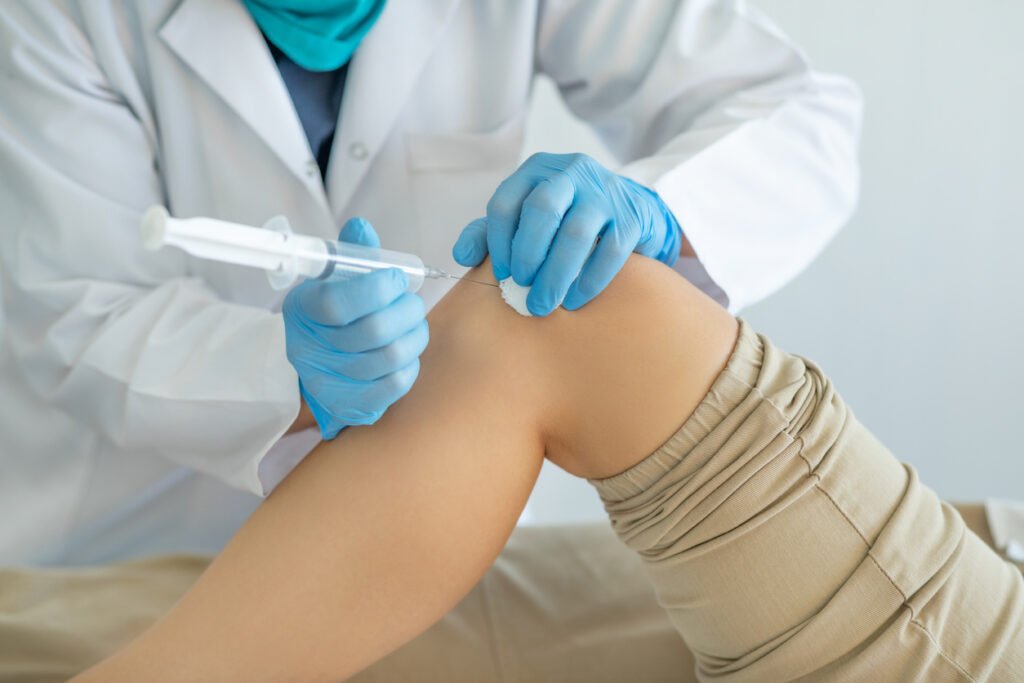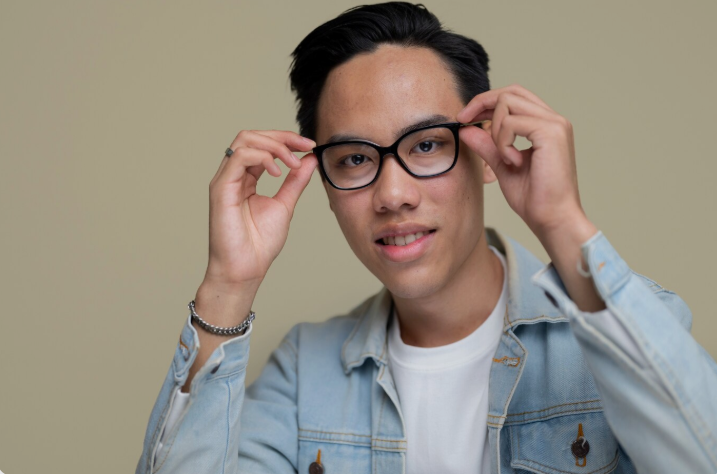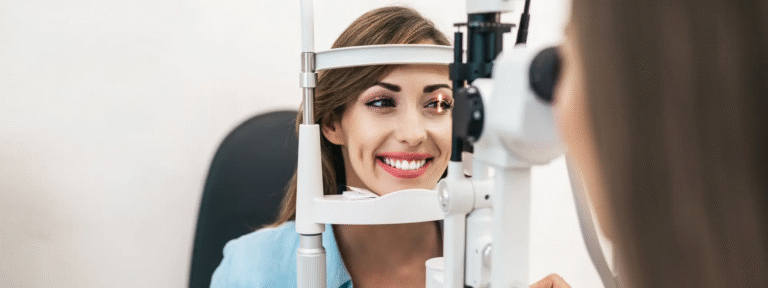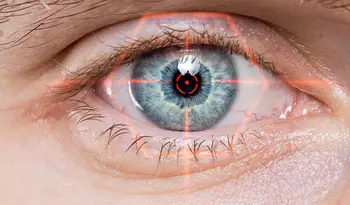Traveling abroad for stem cell therapy is an exciting and potentially life-changing decision—especially when your destination is South Korea, one of the most advanced countries for regenerative medicine. With its world-class clinics, strict medical regulations, and skilled specialists, Korea attracts thousands of medical tourists each year for treatments ranging from anti-aging and hair regrowth to joint repair and immune support.
To ensure a smooth and successful journey, here’s a comprehensive step-by-step checklist for international patients preparing for stem cell therapy in Korea.
✅ 1. Get a Virtual Consultation and Pre-Approval
Before booking flights or accommodations, confirm you’re a good candidate for stem cell therapy.
📌 What to do:
- Research MFDS-approved clinics (Ministry of Food and Drug Safety)
- Schedule an online consultation (via Zoom, WhatsApp, or KakaoTalk)
- Prepare medical records: blood tests, X-rays, MRIs, previous diagnoses
- Ask about:
- Treatment options for your condition
- Estimated cost and number of sessions
- Stem cell source (autologous vs. donor-derived)
Pro Tip: Look for clinics that offer free or low-cost virtual consultations with English-speaking coordinators.
🛂 2. Prepare Travel Documents and Visa
Korea offers both tourist and medical visas depending on your treatment duration.
📌 Required Documents:
- Passport (valid for at least 6 months)
- Confirmed clinic appointment or medical invitation letter
- Travel itinerary (flight and hotel)
- Financial proof (bank statement or sponsor)
Visa Types:
| Visa Type | Use Case | Duration |
|---|---|---|
| C-3 Tourist Visa | Short-term medical visits | Up to 90 days |
| G-1-10 Medical Visa | Longer treatment plans or follow-up visits | Extendable |
Check with the nearest Korean embassy or consulate for specific requirements for your nationality.
✈️ 3. Book Your Travel and Accommodations
Timing and comfort matter when traveling for medical care.
📌 What to book:
- Round-trip flight to Seoul (Incheon or Gimpo airports)
- Hotel or serviced residence near your clinic (e.g., Gangnam, Apgujeong, or Itaewon)
- Airport pickup (offered by many clinics)
- Translator or concierge service (optional but helpful)
Tip: Choose accommodations with elevators, soft beds, and access to healthy food, especially if you’re recovering from a joint or full-body treatment.
🧪 4. Schedule Pre-Trip Medical Tests (If Needed)
Some clinics require lab tests in advance, especially for:
- Autoimmune conditions
- Chronic infections (hepatitis, HIV, TB)
- Cancer screening (to rule out contraindications)
📌 Ask the clinic if you need to:
- Do any bloodwork at home
- Send scans or imaging reports
- Avoid certain medications or supplements before treatment
🧳 5. Pack Smart for Medical Travel
Prepare a carry-on and checked bag with both medical and travel essentials.
🧾 Medical Checklist:
- Printed medical records and test results
- Referral letters (if available)
- List of current medications (bring enough for entire trip)
- Health insurance card or travel medical insurance
- Clinic contact info (name, address, phone, email)
🧳 Travel Essentials:
- Comfortable clothing (loose, easy to change)
- Slippers or sandals for clinic visits
- Neck pillow and compression socks for long flights
- Travel adapter (Korea uses 220V plug type C or F)
- Personal hygiene items and skincare products
- Language app (Google Translate or Naver Papago)
Tip: Many patients bring a small notebook or travel journal to track treatments, symptoms, and follow-ups.
🧘 6. Plan for Recovery Time
Most stem cell procedures are minimally invasive, but recovery and downtime vary.
📌 Ask your clinic:
- How many days you’ll need in Korea
- If rest is recommended after therapy
- What physical activity is allowed post-treatment
- If any dietary or skincare restrictions apply
Patients receiving joint injections or systemic IV therapy often rest for 24–48 hours before sightseeing.
💳 7. Prepare for Payments
Korean clinics accept various payment methods, but confirm in advance.
📌 Financial Preparation:
- Major credit cards (Visa, MasterCard, sometimes AMEX)
- Wire transfer (for deposits or large amounts)
- Korean won (KRW) in cash for small payments
- Ask for itemized invoice and medical certificate for insurance reimbursement
Note: Some clinics offer bundle pricing for multi-session treatments or family group visits.
📱 8. Stay Connected in Korea
📌 Communication Tips:
- Buy a Korean SIM card or rent a portable Wi-Fi device
- Install KakaoTalk (widely used in Korea)
- Save emergency numbers (clinic, embassy, hotel)
- Keep your translator app handy
Many clinics have multilingual staff, but it’s useful to know basic Korean phrases or have a friend who can assist.
📅 9. Plan Your Follow-Up Schedule
Your stem cell treatment plan may include multiple sessions or require post-visit monitoring.
📌 Follow-Up Essentials:
- Know if you’ll need a second visit within 3–6 months
- Schedule telemedicine sessions after returning home
- Keep a digital or printed copy of your treatment summary
- Track any changes in symptoms, energy, or mobility
🧘 10. Explore Wellness Options (Optional)
Many clinics combine stem cell therapy with:
- NAD+ IV therapy
- Exosome boosters
- Anti-aging skincare facials
- Hyperbaric oxygen therapy
- Detox or weight loss programs
Enhance your recovery and results with these complementary treatments—often discounted when bundled.
📝 Final Thoughts
Planning your stem cell therapy trip to Korea doesn’t have to be stressful. With the right preparation, you’ll not only receive advanced, safe, and effective regenerative care but also enjoy Korea’s renowned hospitality, food, and cultural experiences.
✅ Quick Recap: Stem Cell Therapy Travel Checklist
| Task | Status |
|---|---|
| ✅ Virtual consultation completed | ☐ |
| ✅ Passport and visa ready | ☐ |
| ✅ Medical records prepared | ☐ |
| ✅ Flights and hotel booked | ☐ |
| ✅ Pre-treatment tests done | ☐ |
| ✅ Medications packed | ☐ |
| ✅ Payment method confirmed | ☐ |
| ✅ Post-treatment recovery plan | ☐ |
| ✅ Follow-up appointments set | ☐ |




